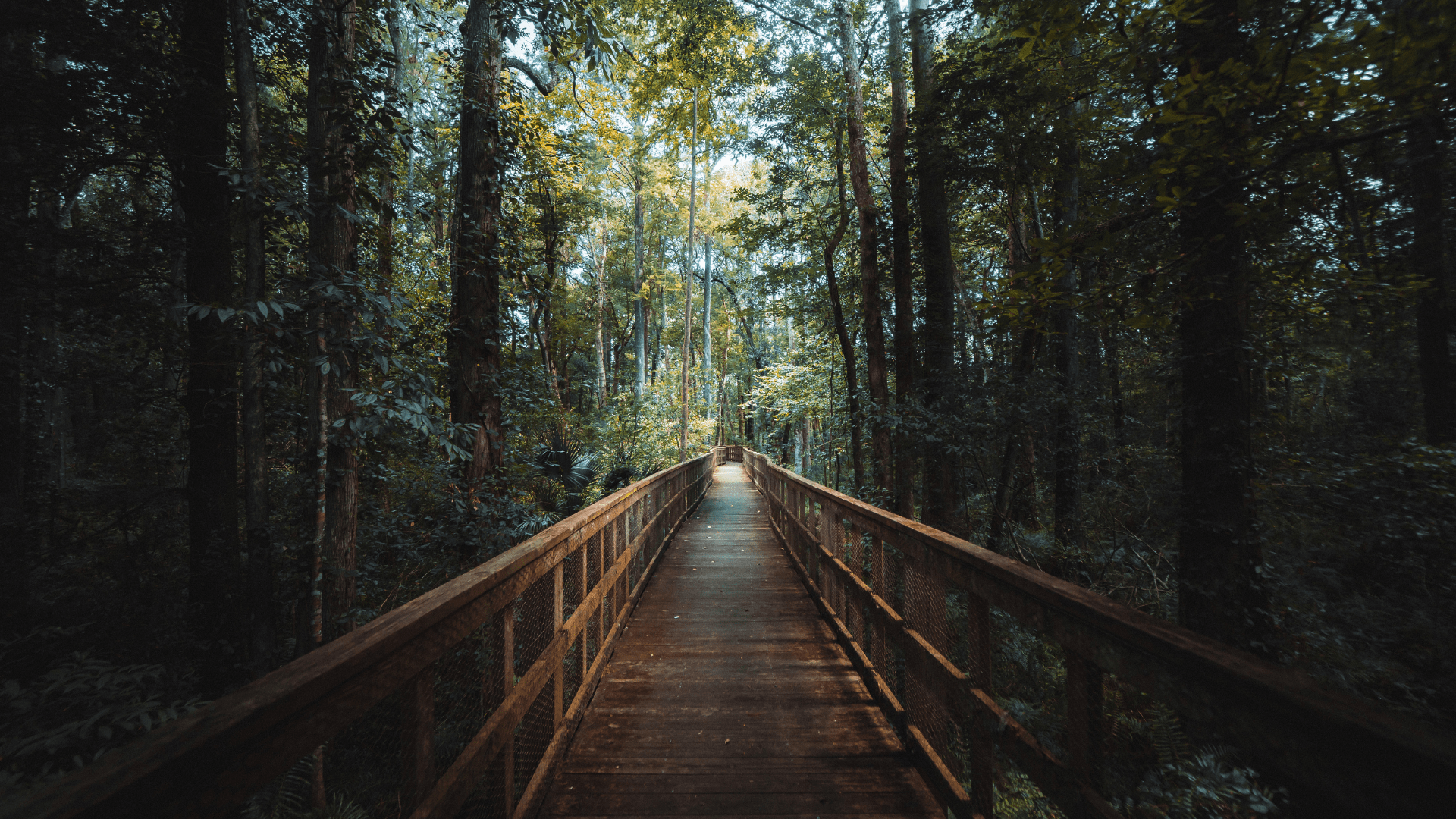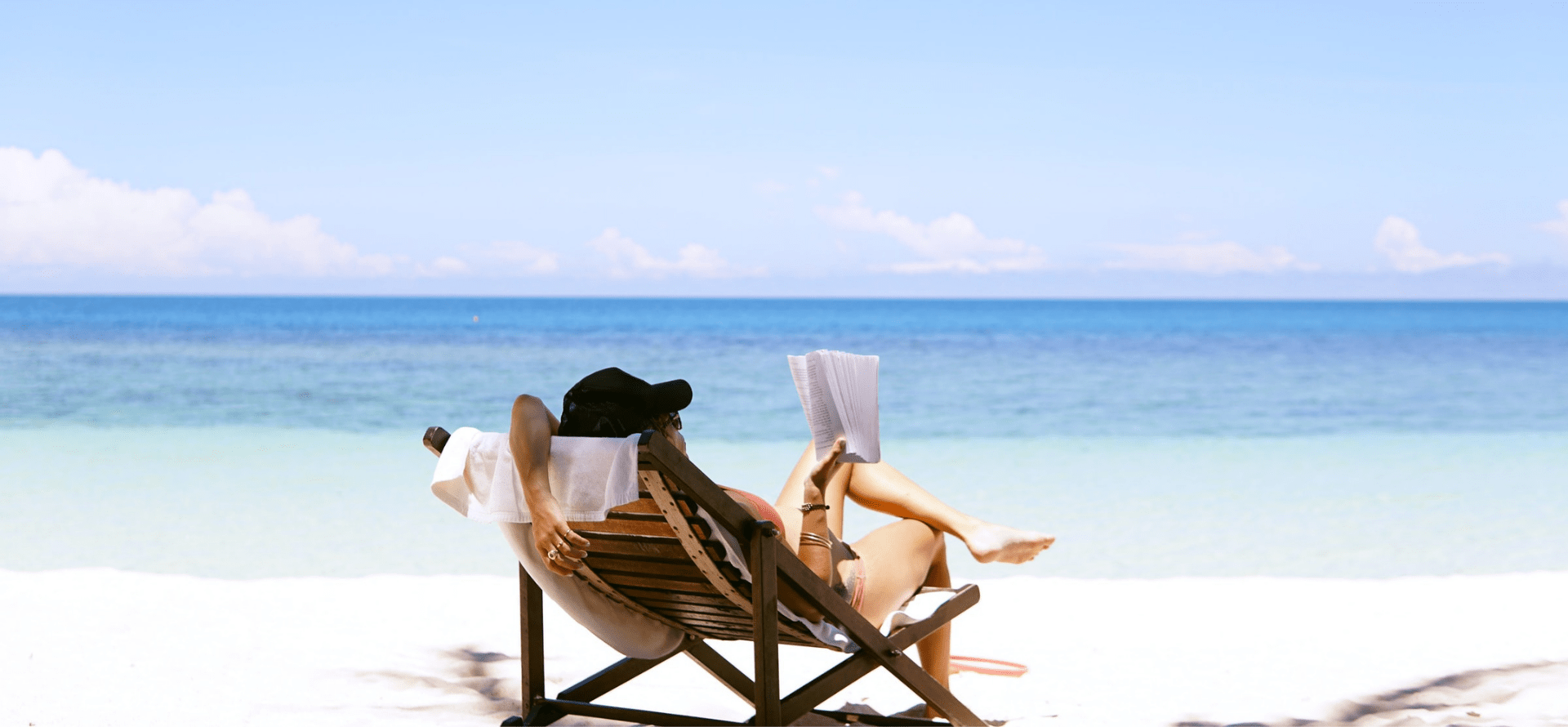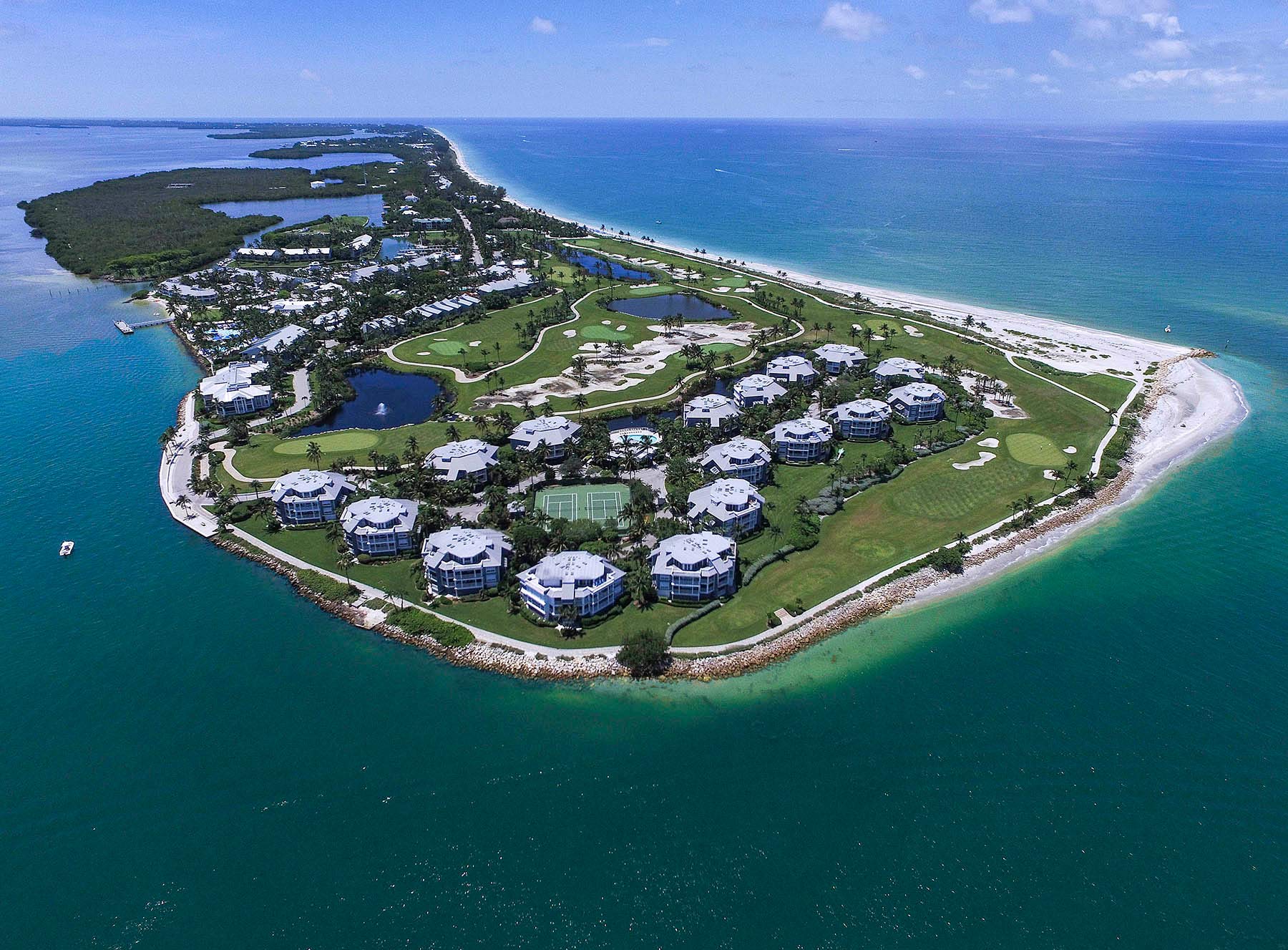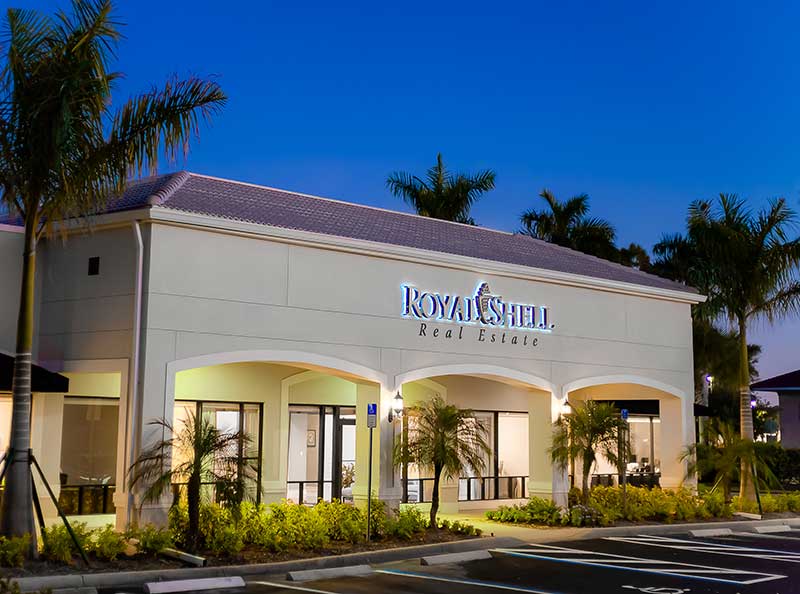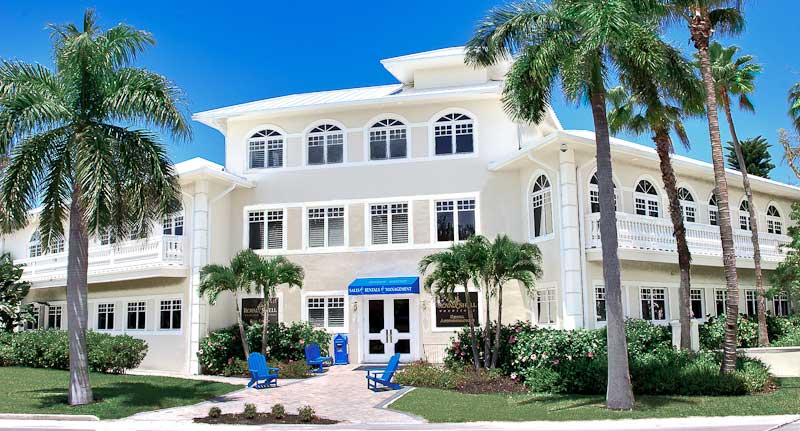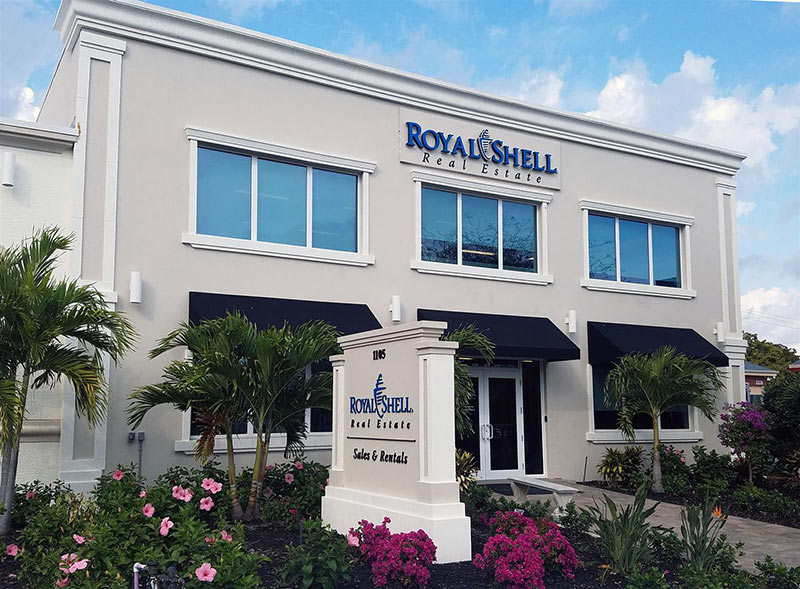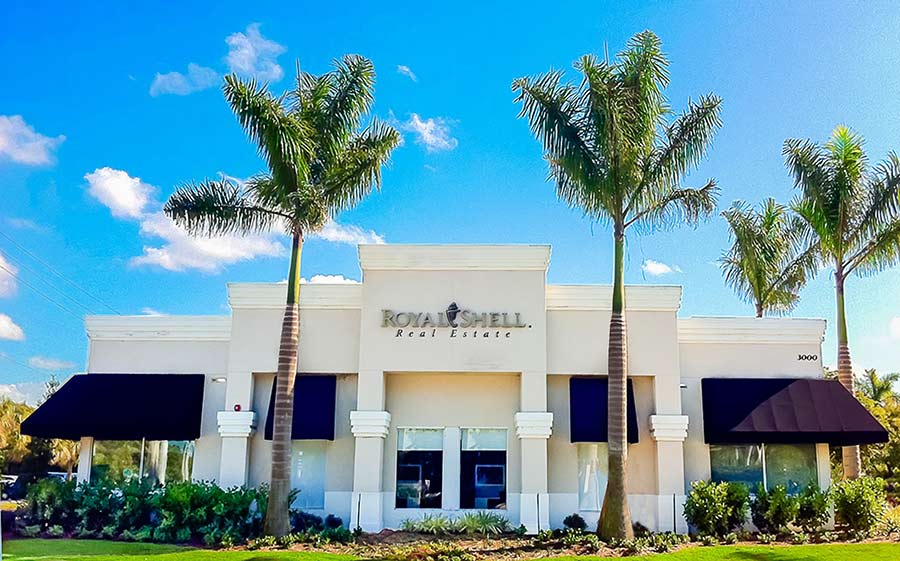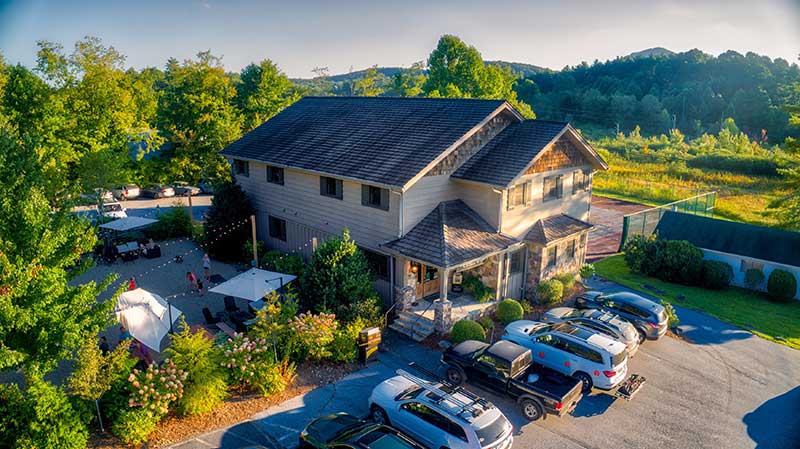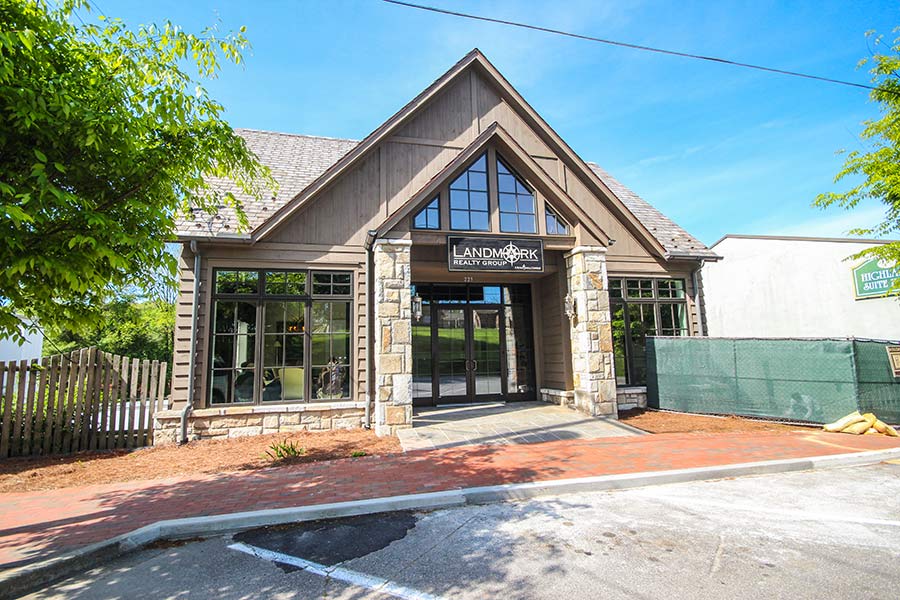There is no question that Florida is one of the most popular vacation spots, not only for its pristine beaches but also for its variety of outdoor activities. If you’re looking to do something different than fishing or beaching, then hiking in Southwest Florida is a great activity that will not disappoint you. In fact, the Sunshine State has many extraordinary hiking trails in various spectacular parks and nature preserves. You can explore many areas on foot while observing wildlife, staying active, or maybe picking up nature photography as a new hobby. So let’s take a closer look at where to go.
Although it’s well known as a beach destination, there are numerous opportunities for hiking in Southwest Florida. From the John Yarbrough Linear Park and the Six Mile Cypress Slough Preserve in the heart of Fort Myers to more remote locations like the West Main Trail and Collier-Seminole State Park, the area is home to endangered wildlife and unique plant species.
Discover why it’s worth spending time on land and exploring all the beauty it’s got to offer. You can read more about our favorite hiking trails in Southwest Florida below.
Does Florida Have Good Hiking?
Visitors and residents of the Sunshine State have access to spectacular opportunities for hiking. You can hike along rivers, lakes, and beaches. On top of that, Southwest Florida is home to many tropical plants and trees, some of which are endangered.
In addition, the wildlife in Florida is mesmerizing. From the famed Florida panther to the symbolic American alligator, it’s an ideal place for wildlife enthusiasts. Luckily for us, the state takes great care of its trails and offers visitors an enjoyable experience. Some of the best nature walks in Florida have boardwalks and are ADA accessible, allowing people with special needs to enjoy our beautiful surroundings.
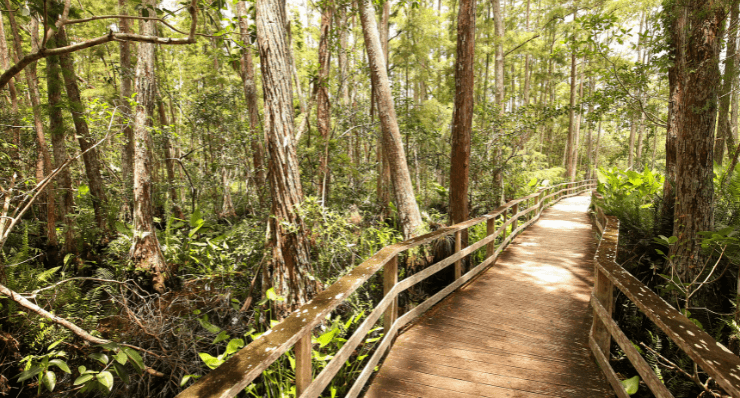
10 Hiking Trails in Southwest Florida
While there are endless options for hiking in Southwest Florida, including Cape Coral, Sanibel, and Captiva, we’ve picked ten of the most beautiful and wildlife-filled inland trails.
Audubon’s Corkscrew Swamp Sanctuary
There is a sanctuary just west of Bonita Springs where you can find a 600-year-old bald cypress forest, the largest in North America. Additionally, you can see the biggest nesting population of wood storks in the U.S. Along with this federally endangered bird, you can find other endangered species such as the Florida panther, Florida black bear, and many other local favorites, such as the alligator. On top of that, you can see rare plants, including the ghost orchid. Visitors can enjoy the sanctuary through a 2.25-mile boardwalk with comfortable and safe walking conditions.
Barefoot Beach Preserves County Park
This county park consists of 342 acres of natural land and a beach, ranked as one of the best in the nation. You can find it off Bonita Beach Road, heading south when you reach the beach. Unfortunately, many people might miss it because you must go through a residential neighborhood. In addition to the world-class beach, you will find one of the best hiking trails in Southwest Florida – the Saylor trail. The entrance to this 1.5-mile trail is at the end of the parking lot, and since it’s a loop, you can access it from either side. Many wildflowers and plants are on the path, including cocoplum, Madagascar periwinkle, and wild coffee. In addition, there are even QR codes that tell you about the plants and their history. Furthermore, you might come across Gopher tortoises crossing the road. The Barefoot Beach Preserve is a relocation site for many of these tortoises.
CREW Bird Rookery Swamp
If you’re looking for all-day hiking near Fort Myers, the Crew Bird Rookery Swamp trail is for you. This 12-mile trail is west of North Naples and Bonita Springs, close to Audubon’s Corkscrew Swamp Sanctuary. The best thing is that it’s completely free and you don’t have to do the whole path. In addition, this trail is an excellent place for birdwatching. There are many barred owls, swallowed-tailed kites (in the summer), wood storks, woodpeckers, egrets, kingfishers, and many Everglades wading birds. As a bonus, you can see alligators practically next to you here. Visitors have also spotted the elusive Florida panther, bobcats, black bears, otters, and deer. Some helpful information is that the first 1500 ft is a boardwalk and wheelchair accessible, and there are no toilets after the beginning of the hike.
Collier-Seminole State Park
If you’re looking for a place with multiple hiking trails in Southwest Florida, look no further than the Collier-Seminole State Park. The park is located off US 41, east of Naples and Marco Island, and as a state park, visitors can enjoy camping and other activities. The park has four trails – Royal Palm Hammock Nature Trail/Boardwalk (0.9 miles roundtrip), Prairie Hammock Trail/Off Road Bike & Hiking Trail (3.5 miles; you can rent bikes at the park), the Strand Swamp Trail (5.25 miles), and the Flatwoods Trail (3 miles). The last two are joined, and you must register at the ranger’s station to gain access. You should know they’re challenging, and you’ll need plenty of water for your trip.
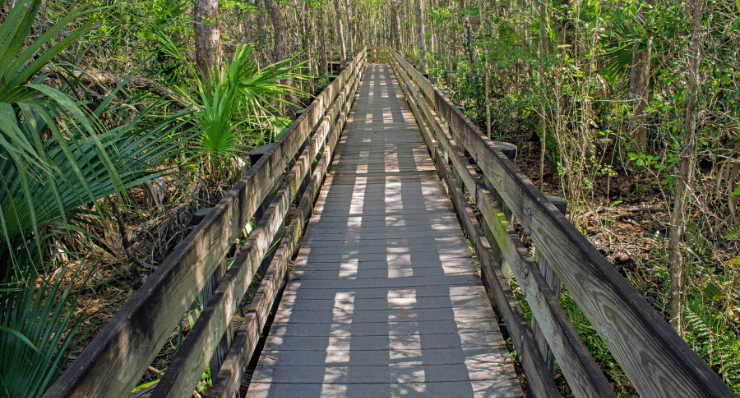
Delnor-Wiggins Pass State Park
Located in north Naples, the Delnor-Wiggings Pass State Park offers visitors a short half-mile boardwalk on the north side. You can see ospreys, hawks, eagles, and other migratory birds there. However, most guests use the beach for their hike, making it a relaxing excursion. In addition, a nice touch is the availability of beach wheelchairs, giving people with special needs a chance to enjoy a hike and the beach.
John Yarbrough Linear Park
If you’re wondering where else to hike near Fort Myers, make sure to visit John Yarbrough Linear Park. The trail is six miles long, running from north to south along a canal right in the middle of Fort Myers, between Colonial Blvd and the Six Mile Cypress Parkway. It’s a paved trail, great for biking or hiking, and on-leash dogs are welcome. ADA parking, facilities, and even bike repair stations make it a convenient trip for the whole family.
Koreshan State Historic Site
Located in Estero, right off US 41, this site offers hiking and history lessons to visitors. Initially founded in the 19th century as a religious community, it now provides a look at the historic settlement. In 1894, Cyrus Teed and his followers settled there and built about 50 buildings, 11 of which stand today. You can take a nature trail along the Estero River from the settlement site and into bamboo, oak, and cabbage palm forests. There’s a loop of less than a mile, but you can continue, making your trip a bit longer and more memorable.
Six Mile Cypress Slough Preserve
This preserve in Fort Myers is one of the most popular options for hiking in Southwest Florida. The Slough (pronounced “slew”) has a 1.2-mile wheelchair-accessible boardwalk that takes you through the wetlands and exposes you to a cypress forest, many plants, and trees, some of which are endangered and is home to wildlife such as alligators, turtles, and wading birds. There are many signs explaining the plants and their history, and from August to October, there are limited guided tours.
West Main Trail
The West Main Trail in the Fakahatchee Strand Preserve State Park in eastern Collier County is a great option for those looking to go further into the Everglades. Located off US 29 just north of US 41 and heading to Gate 7, this 3-mile trail offers access to the wilderness of the Everglades. The trail passes through cypress stands, prairies, and swamps. You will see many wildflowers, such as orchids and bromeliads. Apart from that, the area is home to various wildlife, such as the Florida panthers, deer, black bears, East Indigo Snakes, Everglade Minks, and Diamondback terrapins. Finally, ensure you bring lots of water, and you must not forget bug spray, as mosquitos are everywhere.
What to Do If You Encounter an Alligator While Hiking?
There is a chance of meeting an alligator while hiking in Southwest Florida. What should you do in this situation? These iconic animals generally prefer not to interact with humans and are as afraid of us as we are of them. There is a tendency for movies to exaggerate their reputations. An alligator’s diet doesn’t necessarily consist of humans. As a matter of fact, there are fewer than ten attacks per year in the U.S. and even fewer fatal ones. However, it’s always important to be cautious, especially when a female has a nest nearby. As long as you respect their space, you will be safe.
If you happen to encounter one, walk slowly away. If the gator starts moving towards you, run away. There’s a myth about running in a zig-zag, but that’s inaccurate. You must know that alligators can run up to 35 mph, which is an impressive speed. In the rare scenario that you have no choice but to fight a gator or it gets a hold of you, never try to open its jaw; it is far too strong and powerful. Instead, go for its weak spot – poke the snout, or gouge its eyes. Additionally, make every effort to defend yourself. By doing this, the alligator might surrender.
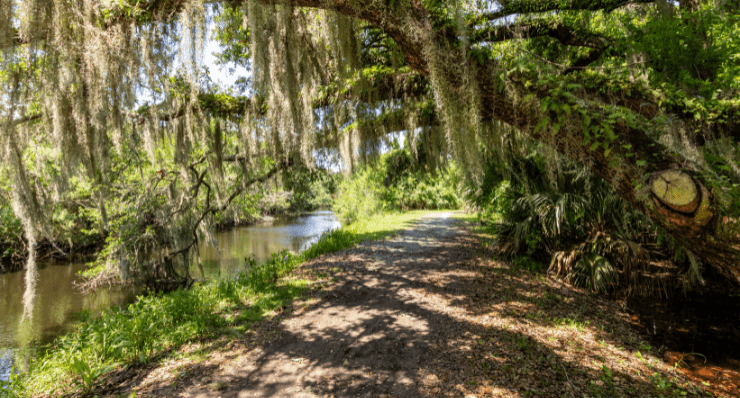
Make an Outdoor Adventure Part of Your Next Vacation
As part of your trip, hiking in Southwest Florida and discovering the area on foot is essential. You’ll find yourself surrounded by lush vegetation and endless wildlife, just one of the many things to see while vacationing in the area. In addition, there are world-renowned beaches nearby, making it a vacation paradise. To make sure your vacation is memorable, choose a vacation company that will handle everything for you. Royal Shell Vacations is the perfect choice for short or long-term seasonal getaways. With over 26 years of experience, we’re the largest vacation company in Southwest Florida. In addition, we offer pet-friendly homes and access to private beaches. Is your next vacation just around the corner? Call Royal Shell Vacations at (866) 341-7799 or contact us online.



